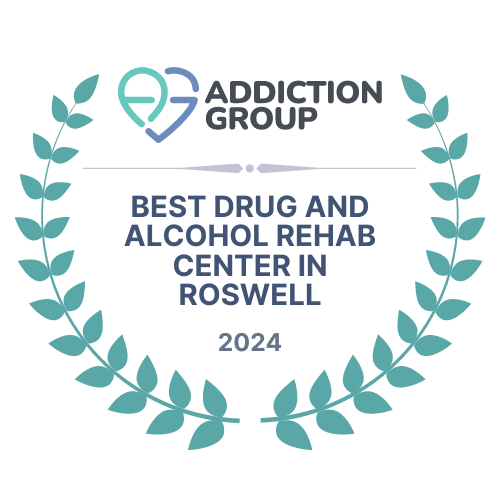The journey toward recovery from opioid use disorder (OUD) is a path filled with challenges, choices, and changes. Among the most critical decisions is choosing the right medication-assisted treatment (MAT). This post explores the distinctions, benefits, and considerations between long-acting injectables, such as Brixadi and Sublocade, and methadone, offering insights to help individuals and their loved ones make informed treatment decisions.
Understanding the Options: Long-Acting Injectables and Methadone
Long-Acting Injectables (LAIs) like Brixadi and Sublocade offer a new approach to MAT by providing buprenorphine in a slow-release formula, administered monthly or weekly. This method ensures a steady dose of medication, aiming to reduce cravings and withdrawal symptoms over time without the need for daily dosing.
Methadone, one of the oldest and most researched medications for OUD treatment, is dispensed daily under supervised conditions at specialized clinics. It is a full opioid agonist, which means it acts similarly to other opioids but is regulated to prevent highs and lows, helping to maintain normalcy and prevent withdrawal.
Comparing Mechanisms of Action
The fundamental difference between LAIs and methadone lies in their action on opioid receptors and their administration. LAIs are partial agonists, providing a ceiling effect that reduces the risk of misuse and overdose. Methadone, as a full agonist, requires careful monitoring to adjust doses and ensure safety, but it can be highly effective for individuals with severe OUD.
Administration and Compliance
LAIs offer convenience and reduce the stigma associated with daily medication, potentially increasing compliance and privacy. The less frequent dosing schedule diminishes the daily reminder of dependency, which some patients prefer.
Methadone requires daily visits to a clinic, which can offer structure for some patients but may be burdensome for others. This regimen ensures close monitoring by healthcare providers but can be logistically challenging and time-consuming.
Efficacy and Side Effects
Both LAIs and methadone are effective in reducing opioid cravings and withdrawal symptoms, improving outcomes for individuals with OUD. However, their side effects and the patient’s response to treatment can vary. Common side effects of LAIs include injection site reactions, nausea, and headaches, while methadone can cause drowsiness, weight gain, and changes in mood.
Accessibility and Regulatory Considerations
Methadone is highly regulated, with treatment provided through certified opioid treatment programs (OTPs). This ensures a controlled environment but can limit access for some individuals.
LAIs, while also subject to regulation, can be prescribed and administered by certified healthcare providers in various settings, including clinics and some doctors’ offices, potentially offering broader access to treatment.
The Role in Comprehensive Treatment Plans
Both LAIs and methadone are most effective when part of a holistic approach to addiction treatment, including counseling, behavioral therapies, and support networks. The choice between them should consider the individual’s lifestyle, treatment preferences, and specific needs, with the goal of supporting sustained recovery and improving quality of life.
Making an Informed Decision
Choosing between LAIs and methadone involves considering various factors, including:
- Treatment Goals: What are the immediate and long-term objectives of treatment?
- Lifestyle and Logistics: Can the individual commit to daily clinic visits, or is a less frequent dosing schedule preferable?
- Side Effects and Health Considerations: How do potential side effects impact the decision?
- Access and Availability: Are there barriers to accessing treatment, such as location or insurance coverage?
The Path Forward
Recovery from OUD is a deeply personal journey that requires support, understanding, and informed decision-making. Whether the treatment involves LAIs or methadone, the focus should be on finding the most effective, manageable, and sustainable path to recovery for the individual.
Conclusion
The development of long-acting injectables and the ongoing use of methadone represent significant advancements in the treatment of opioid use disorder. Each offers benefits and considerations, and the choice between them should be made based on a comprehensive evaluation of the individual’s needs, lifestyle, and treatment goals. By providing options, we empower those on the journey to recovery, offering hope and support for a healthier, substance-free future.







